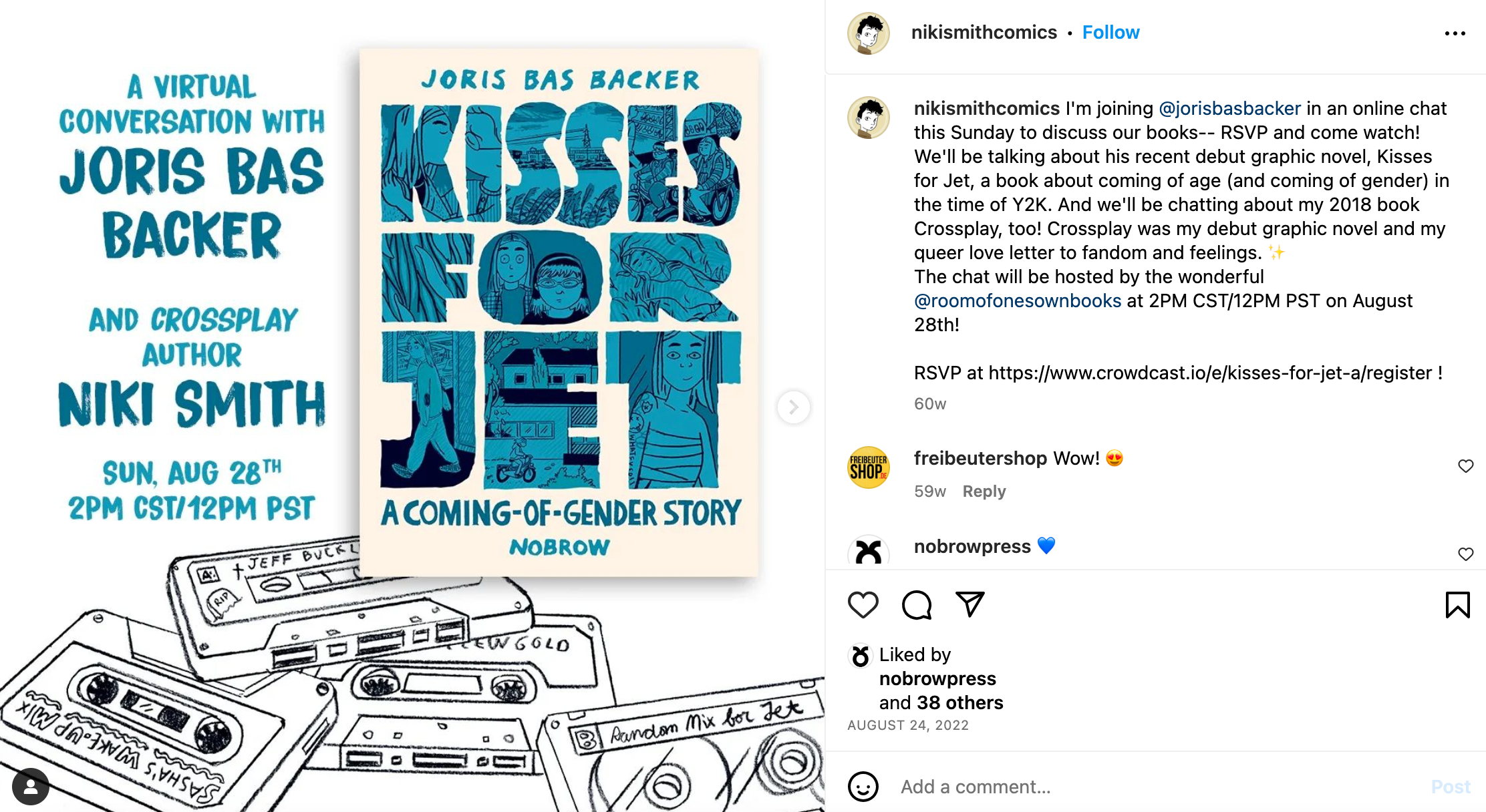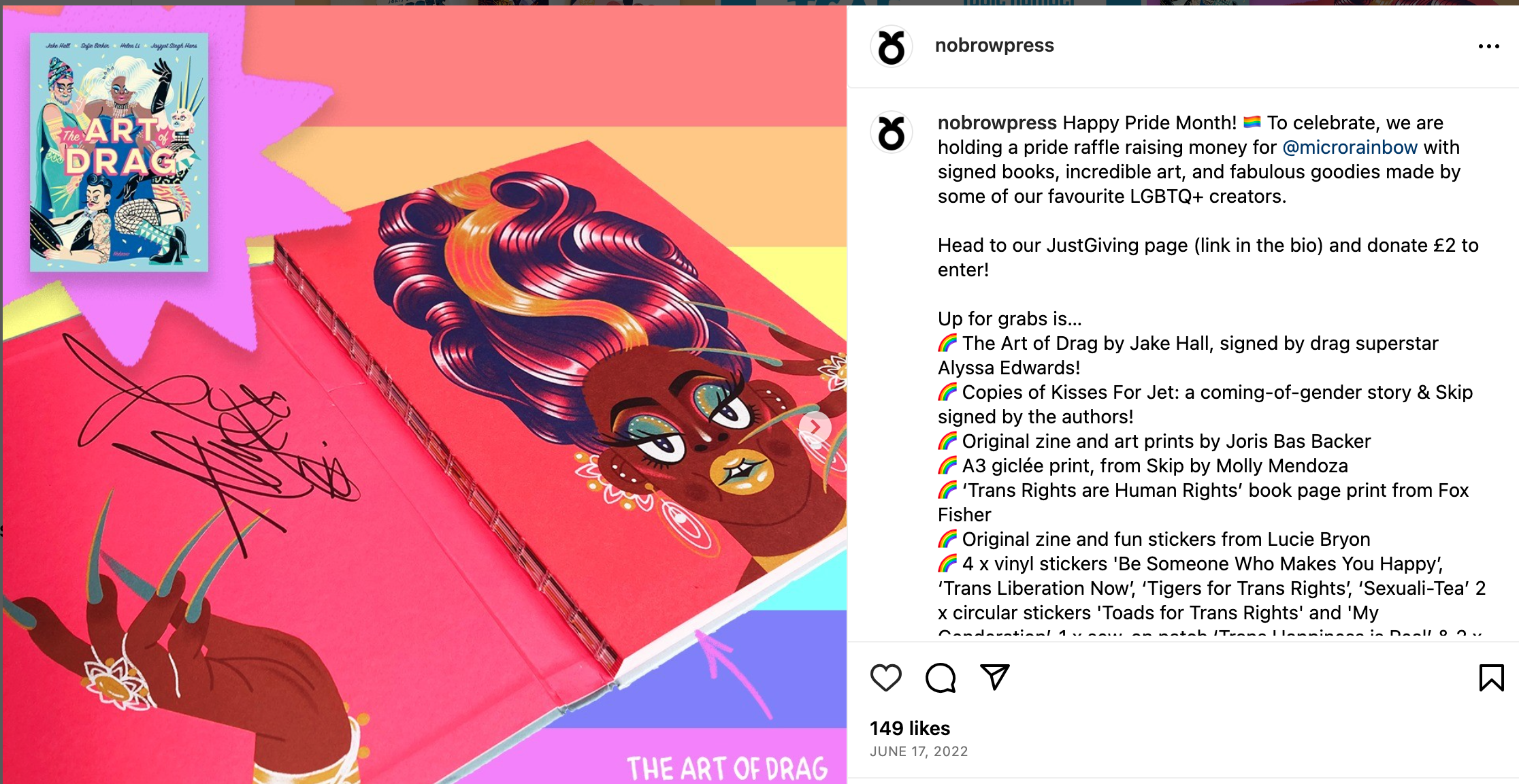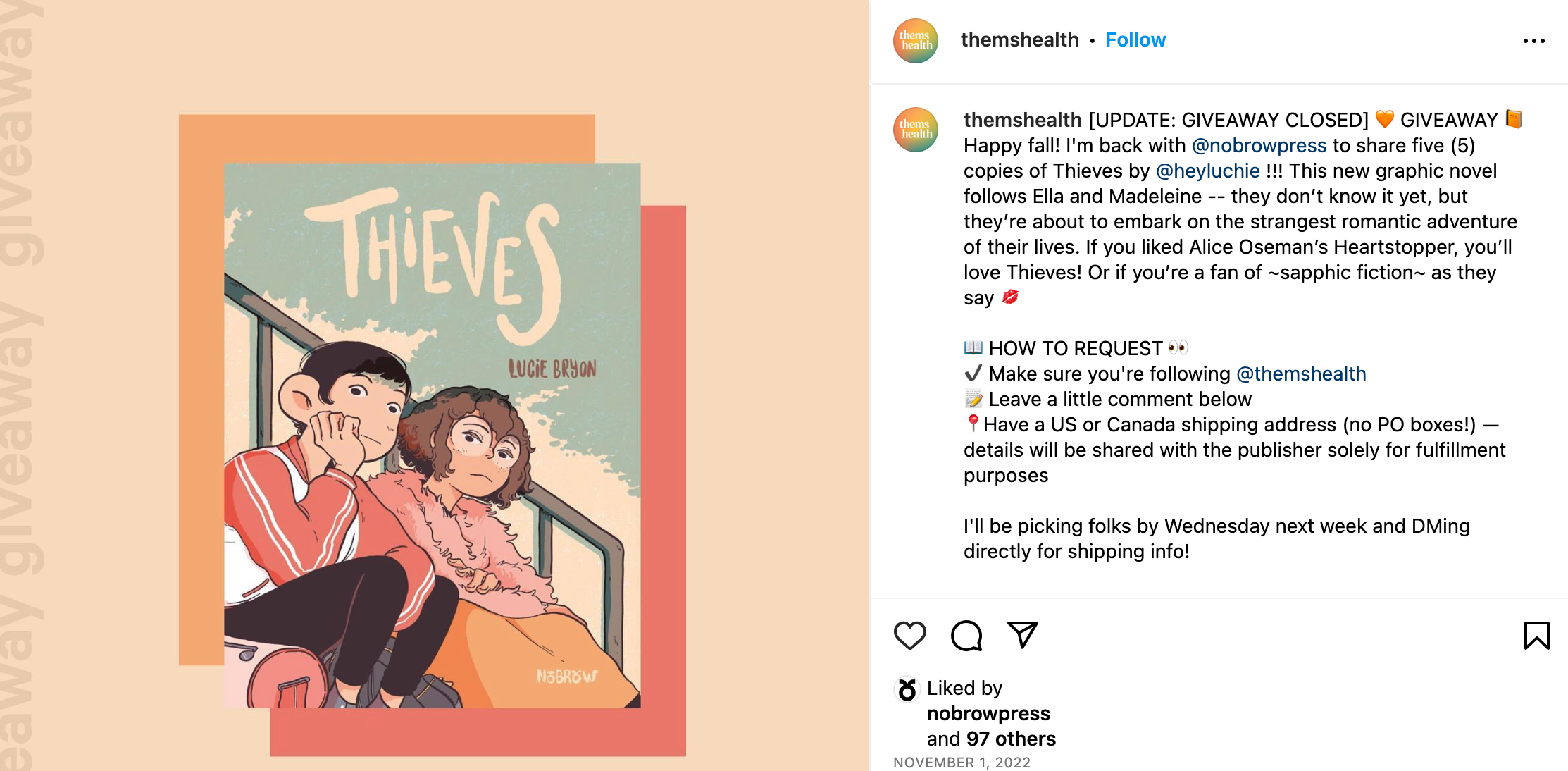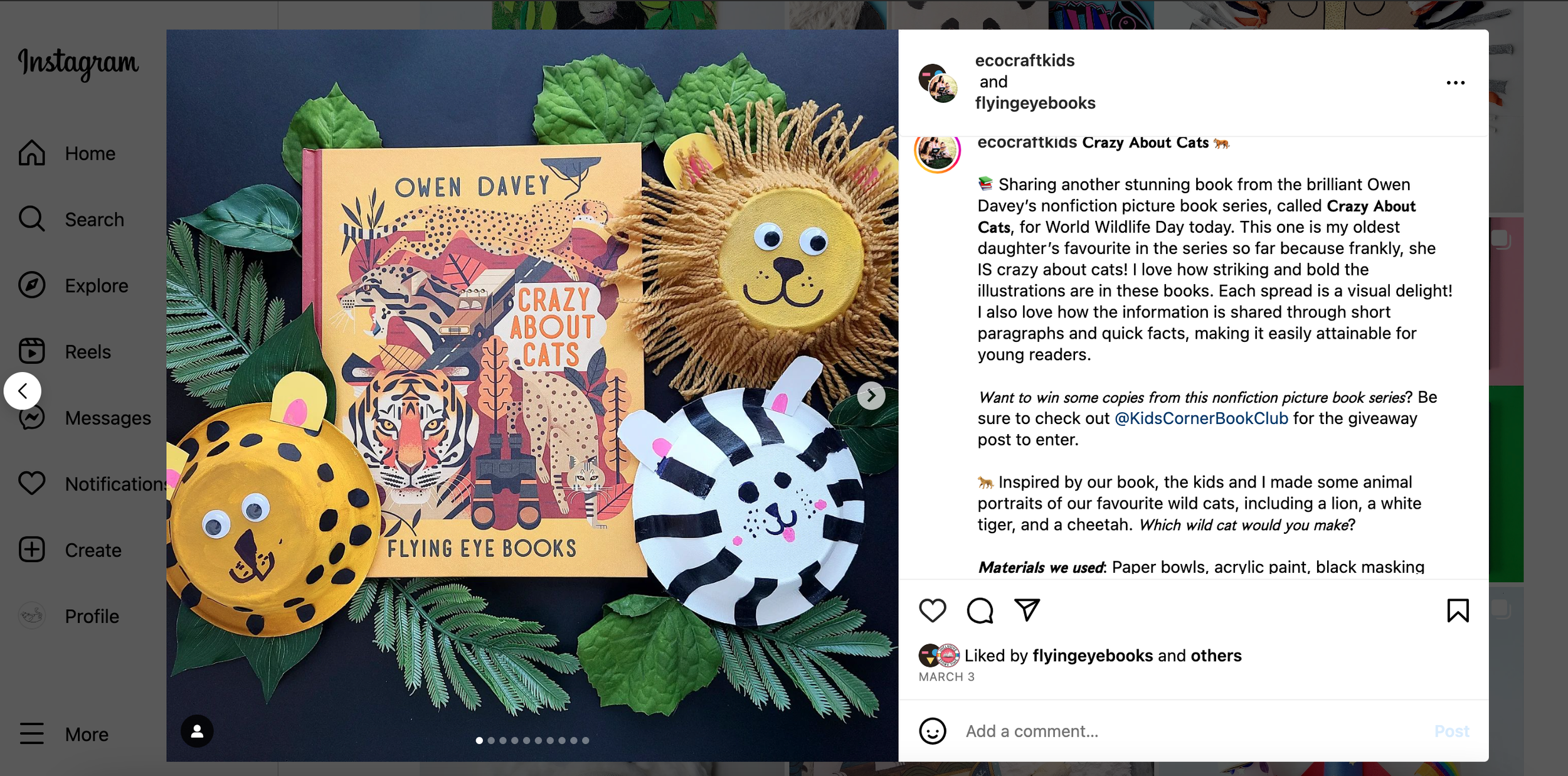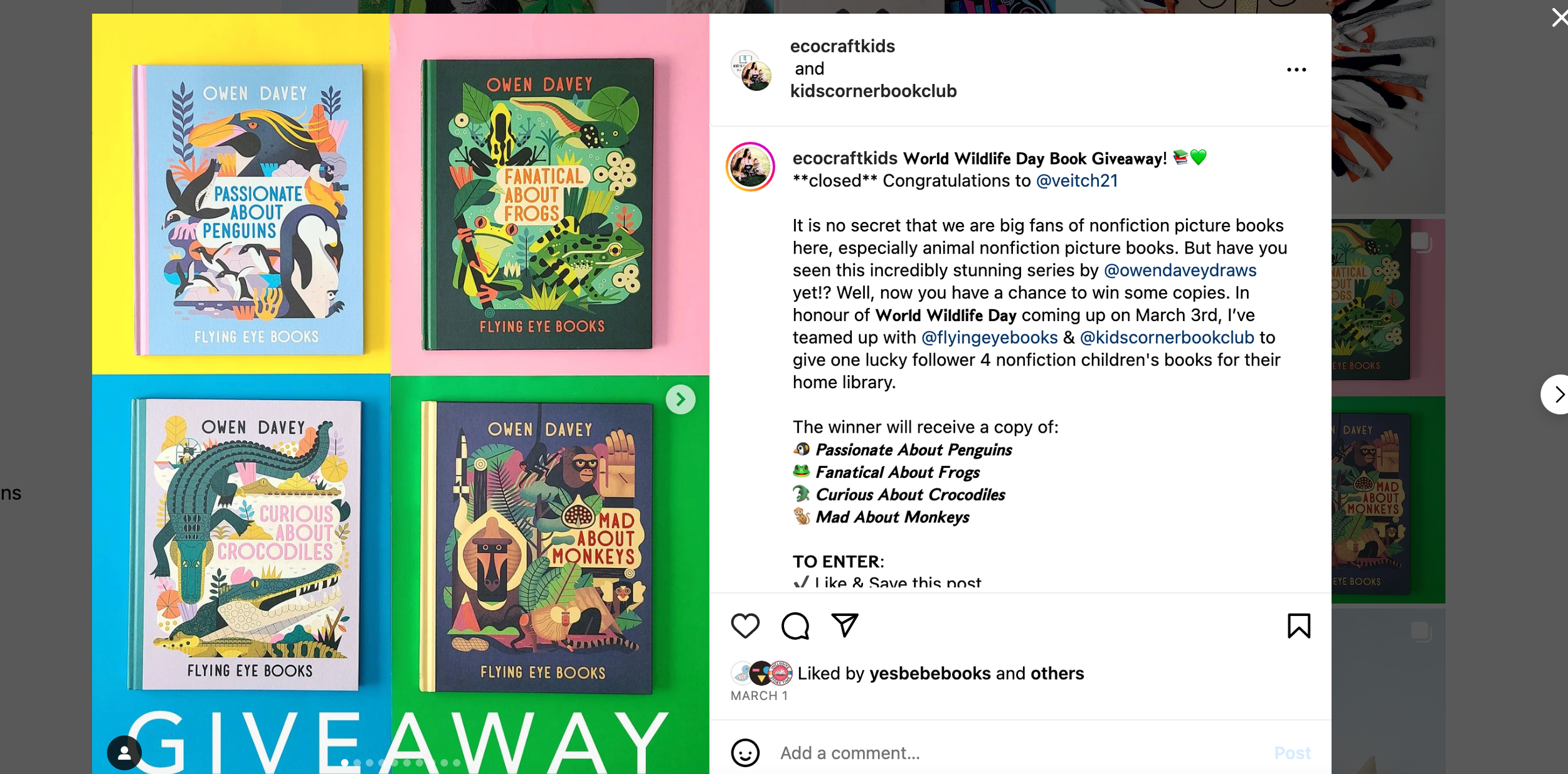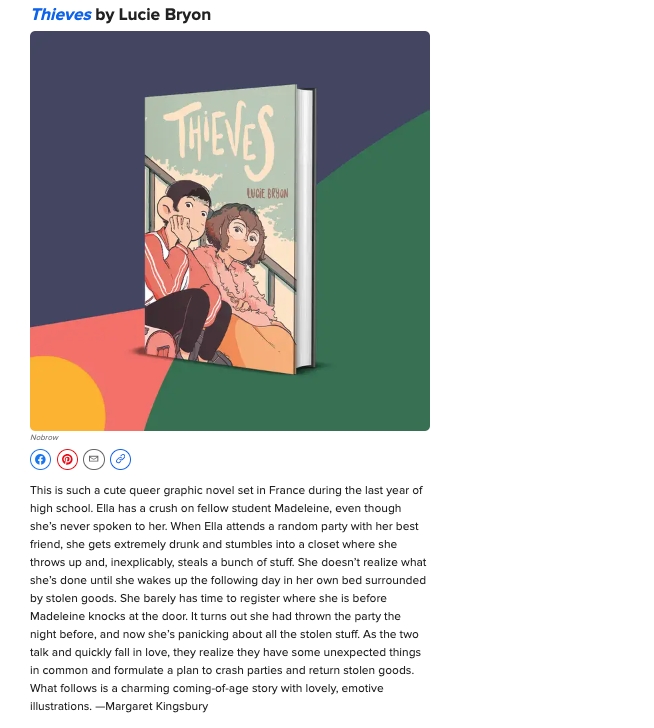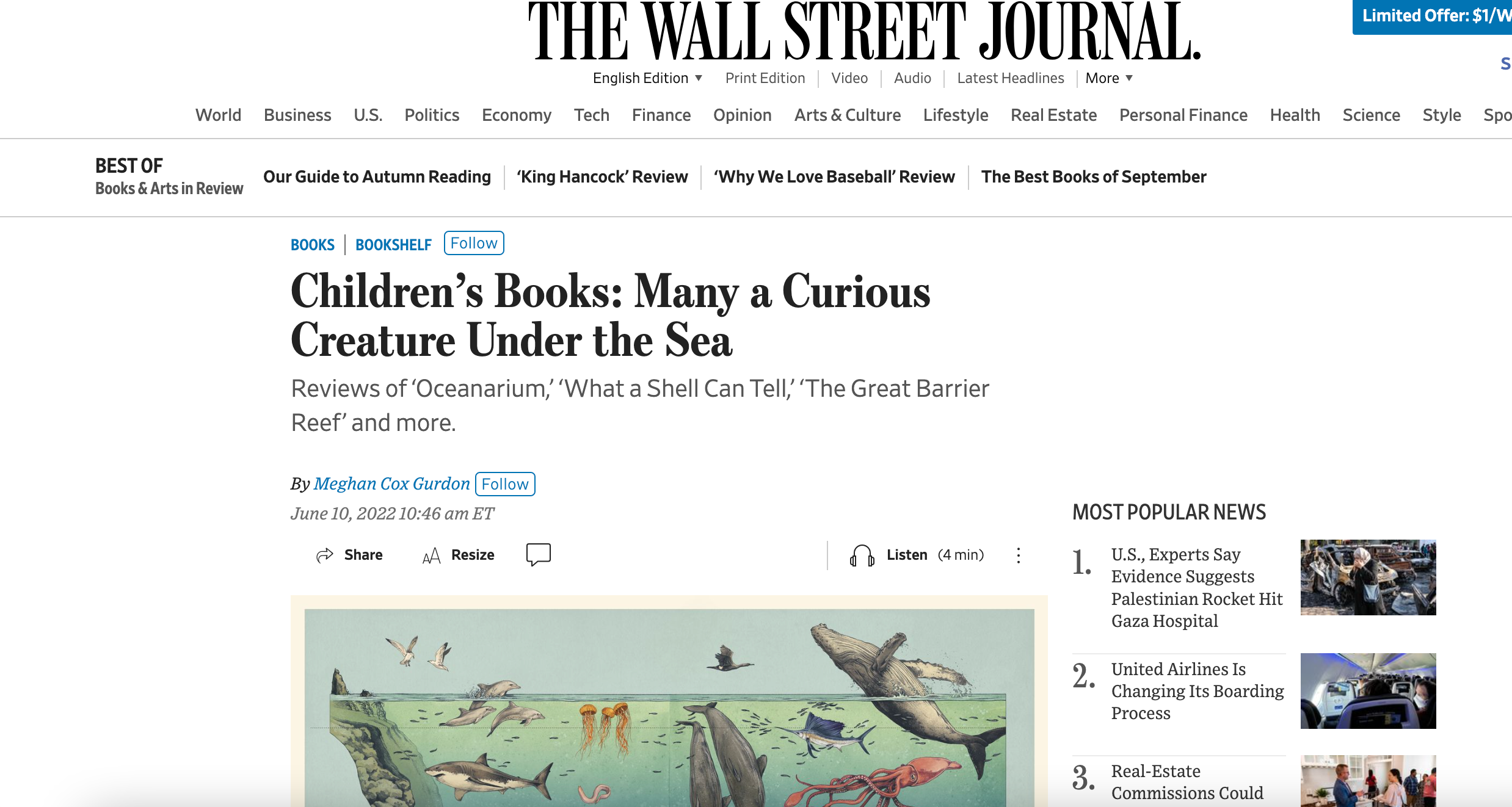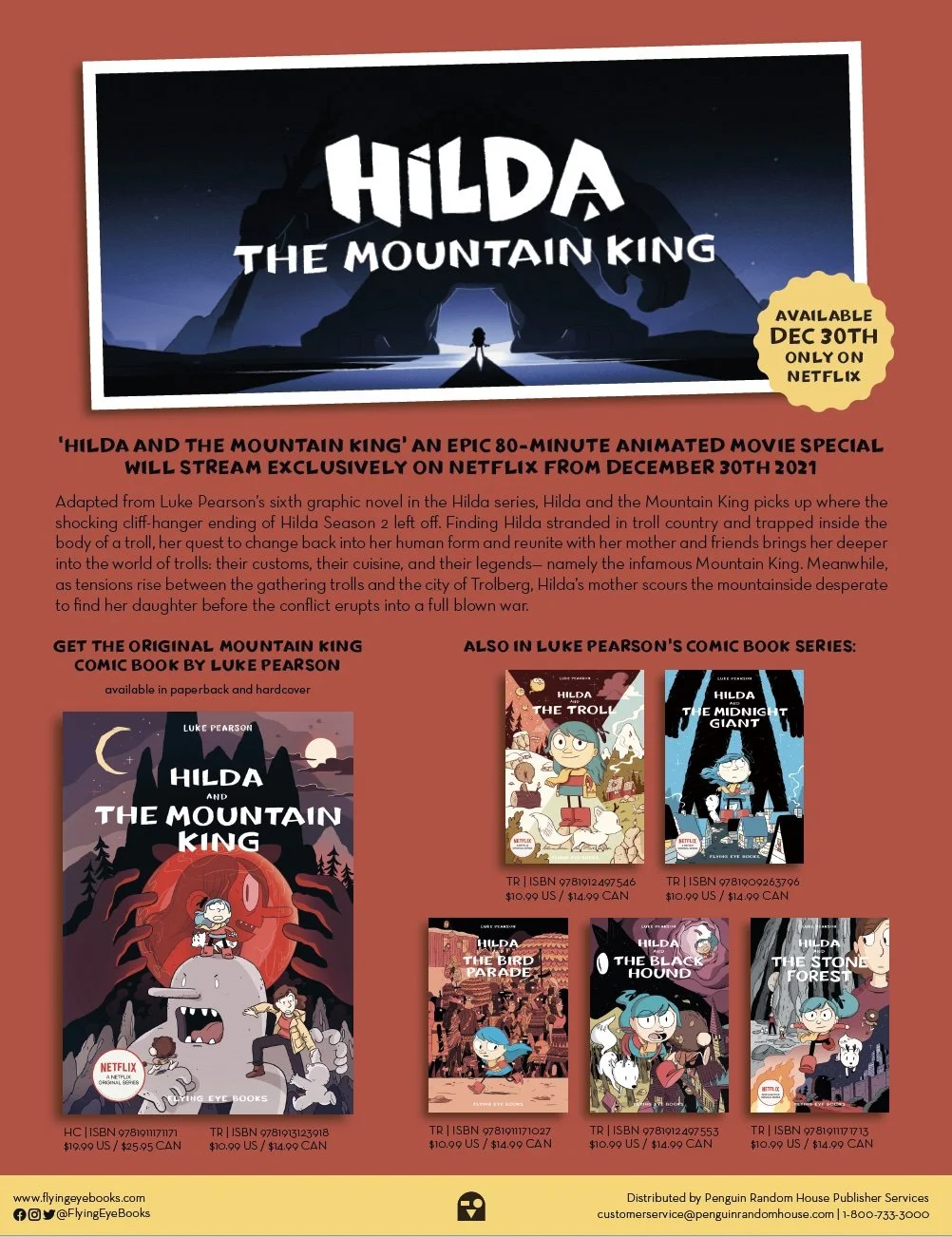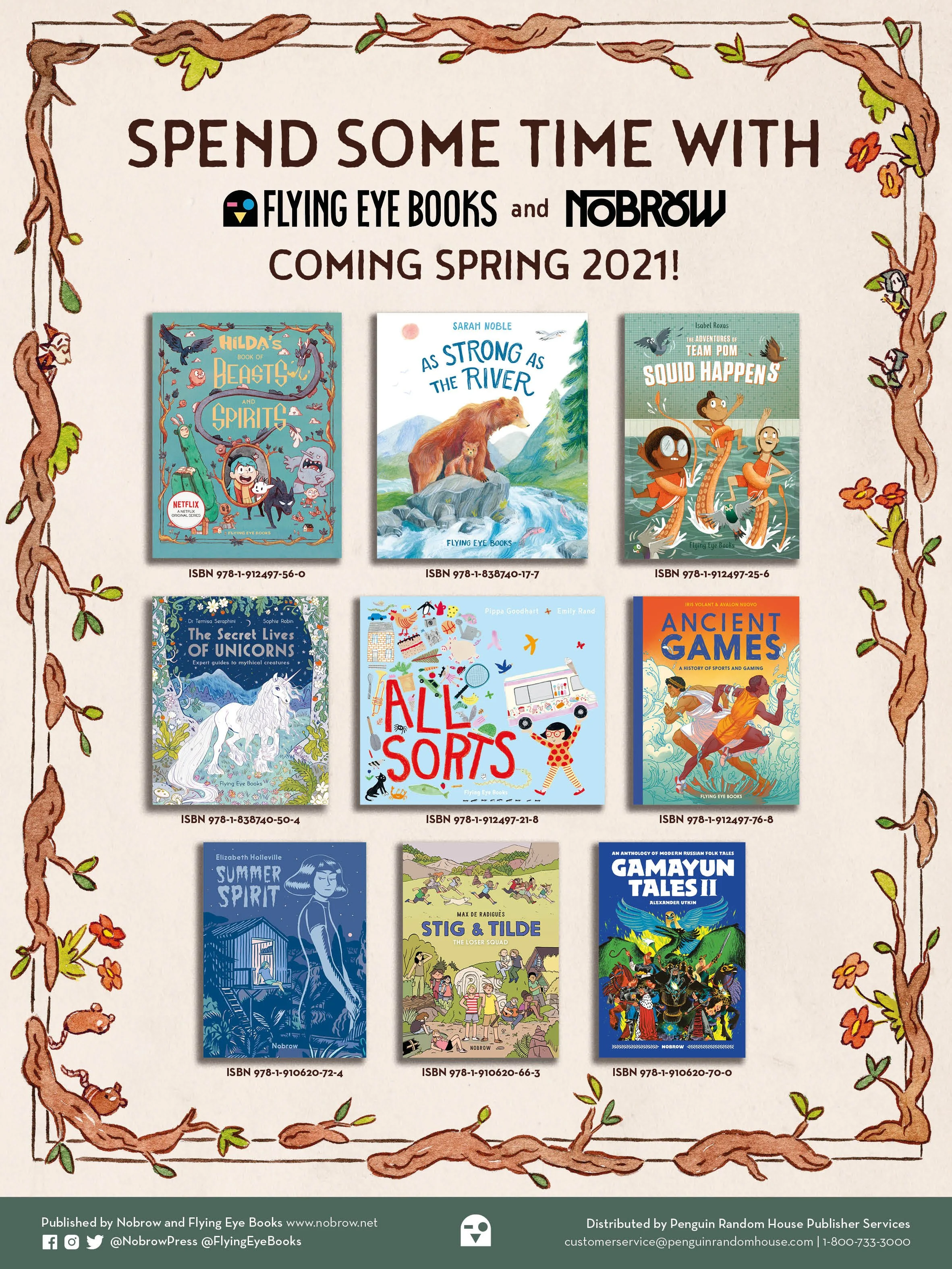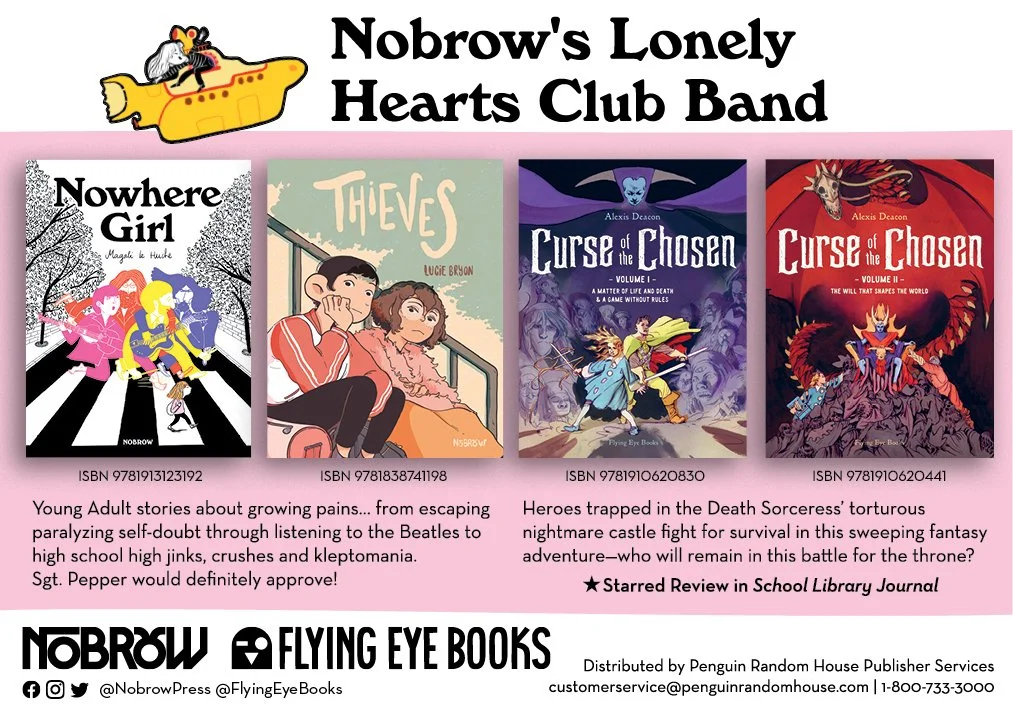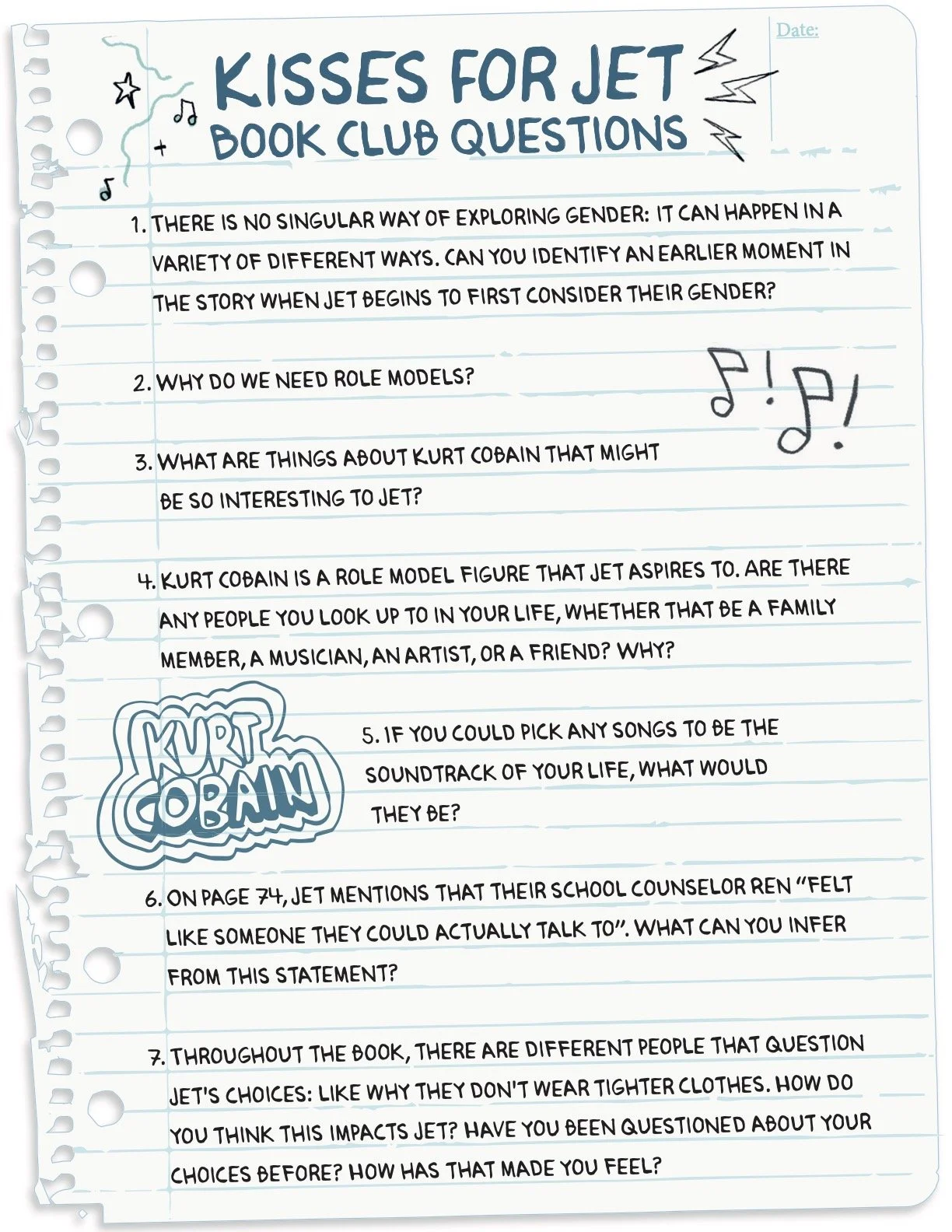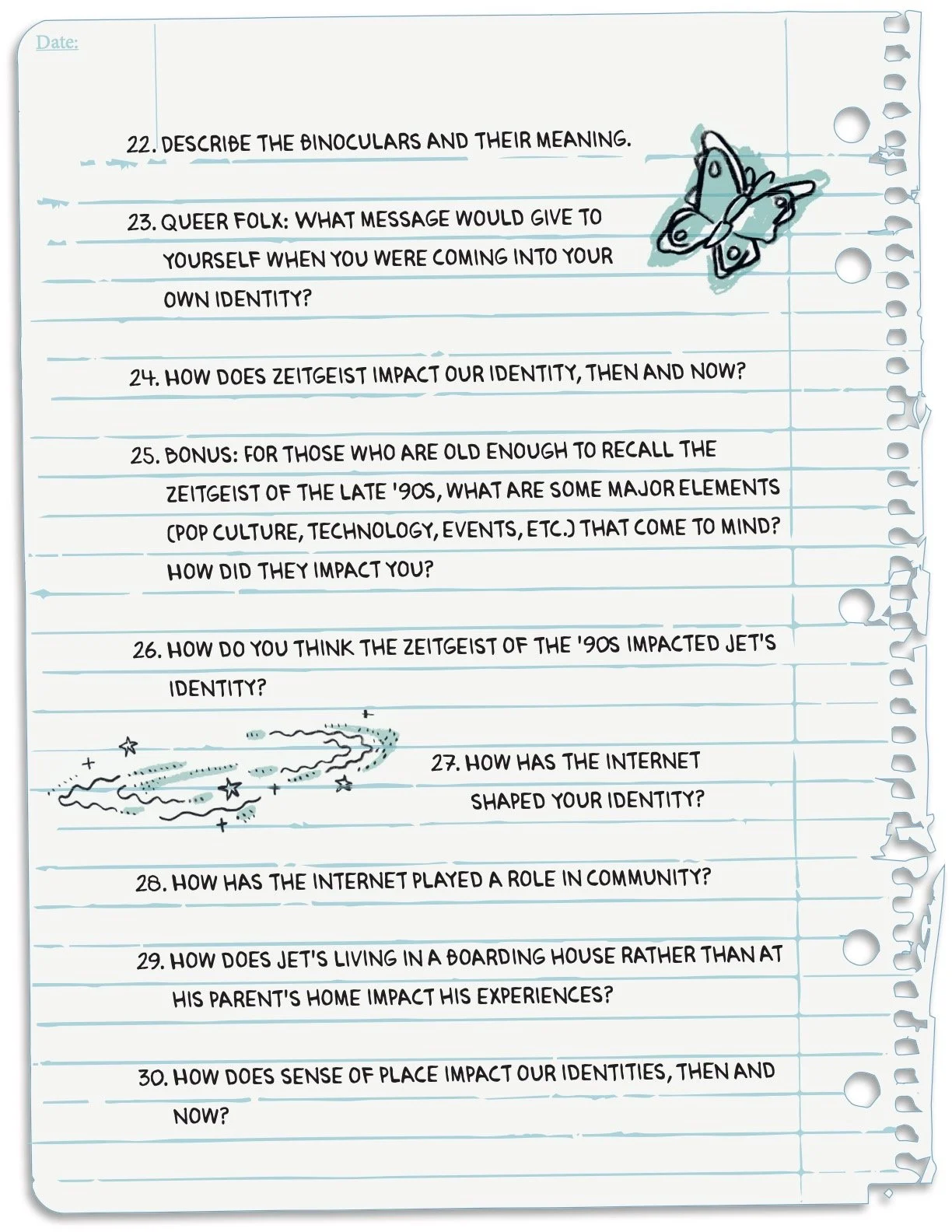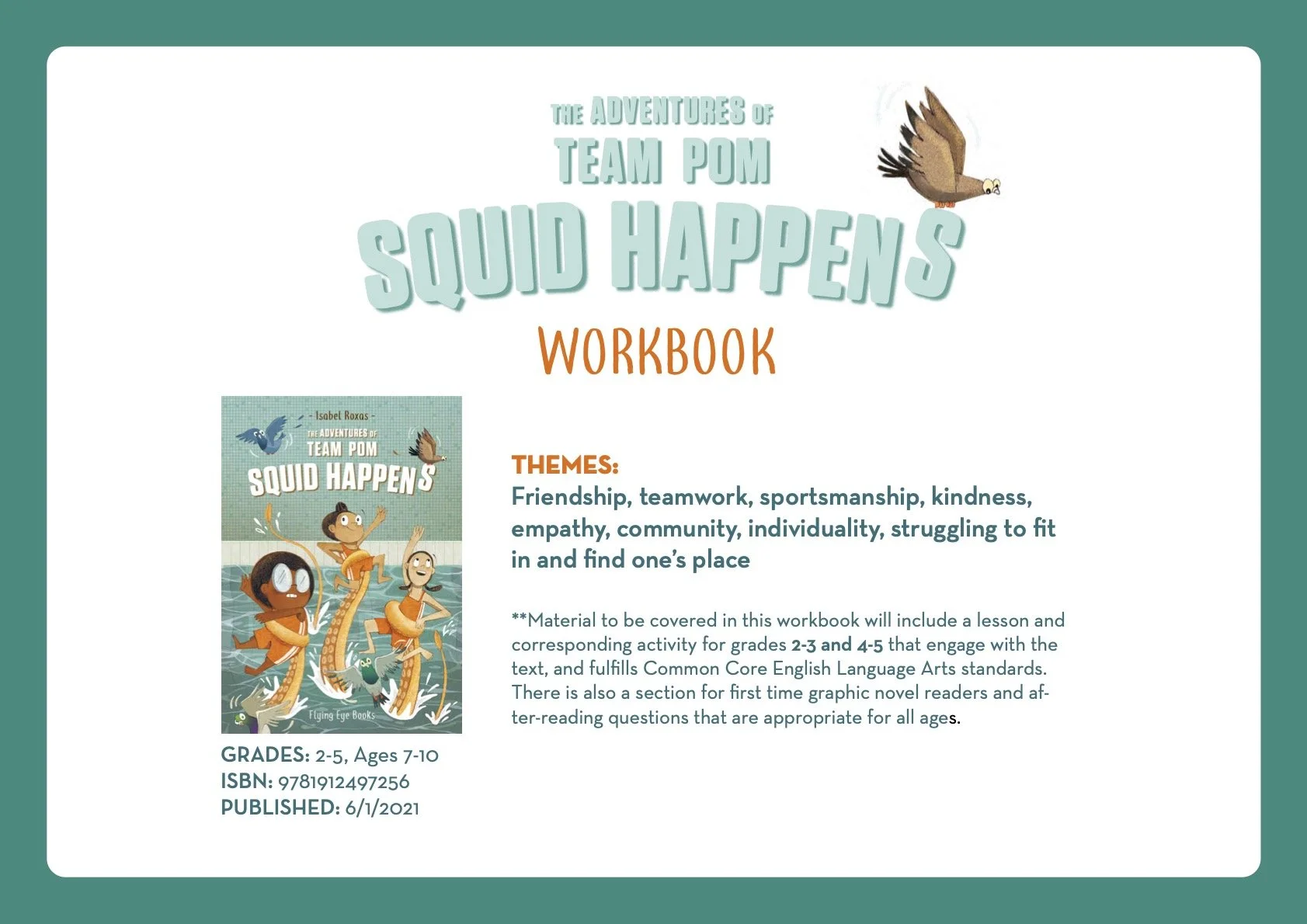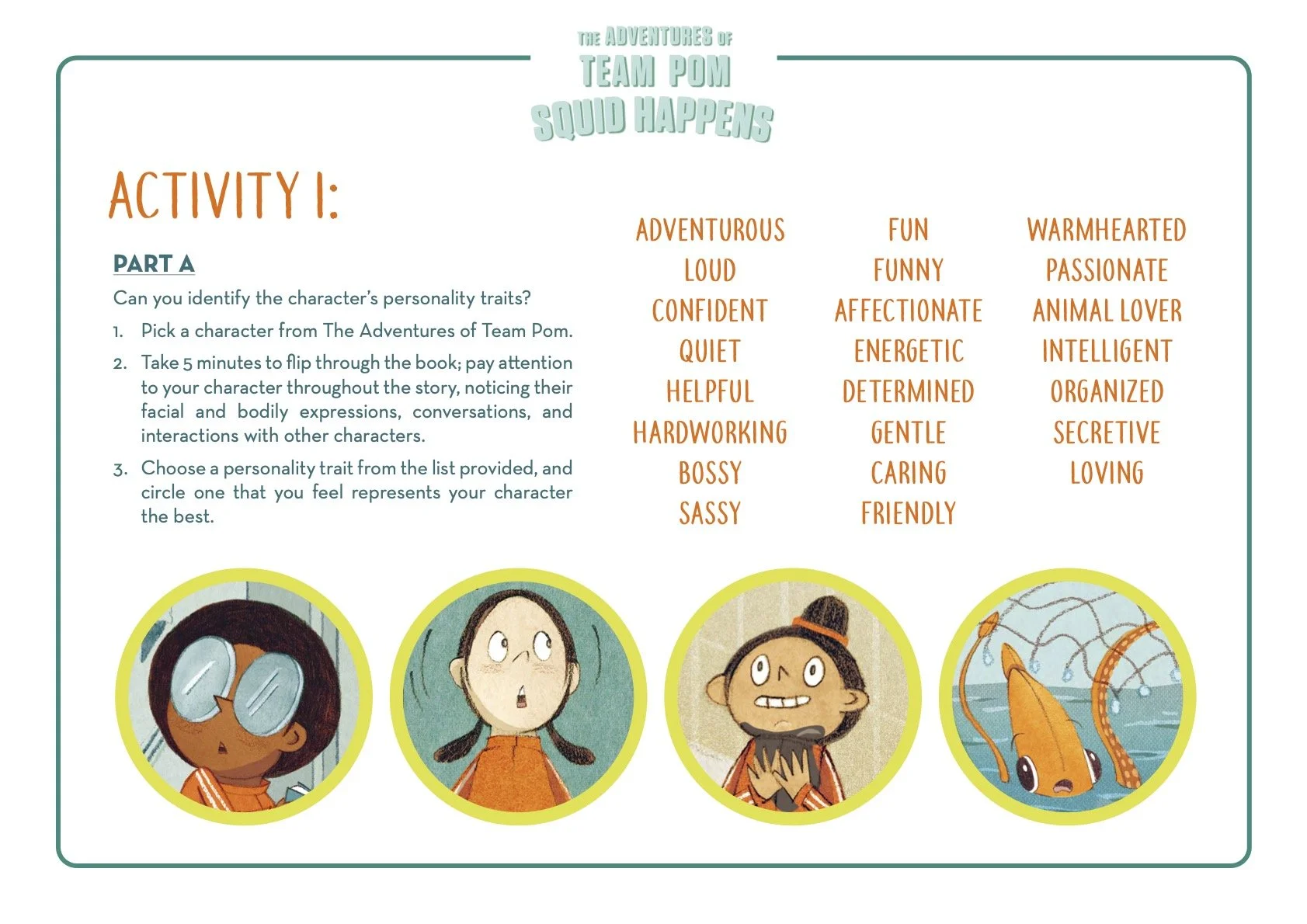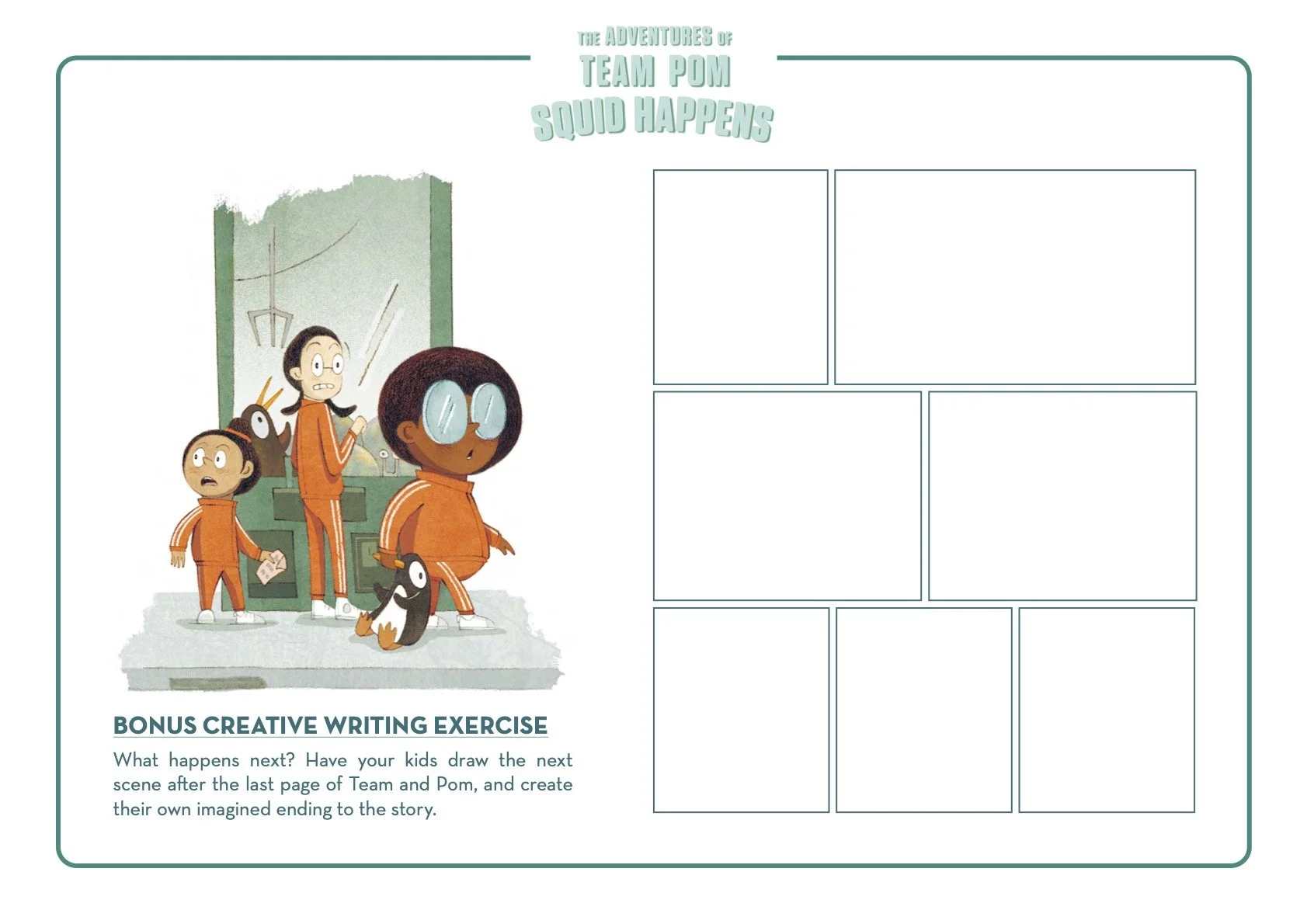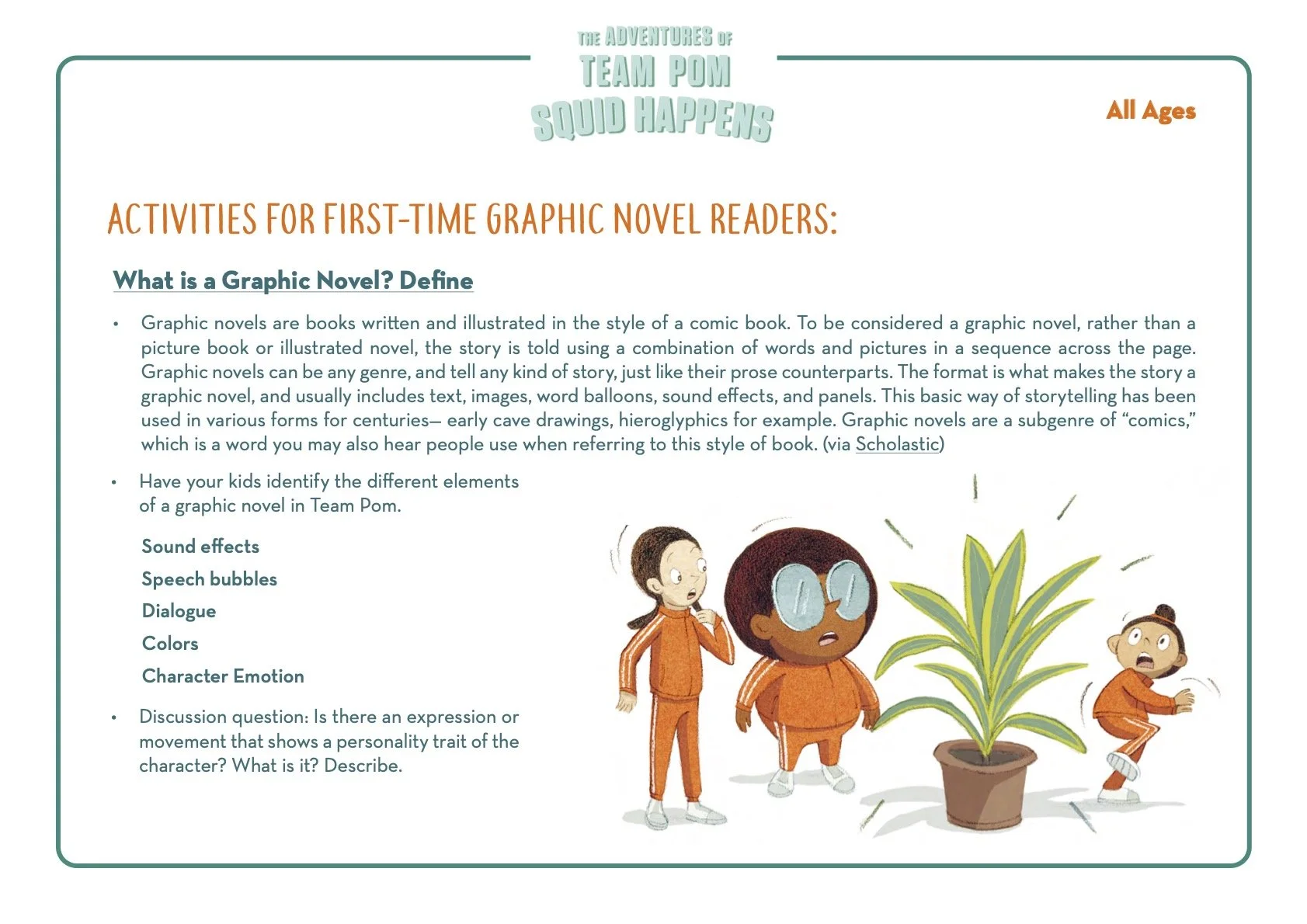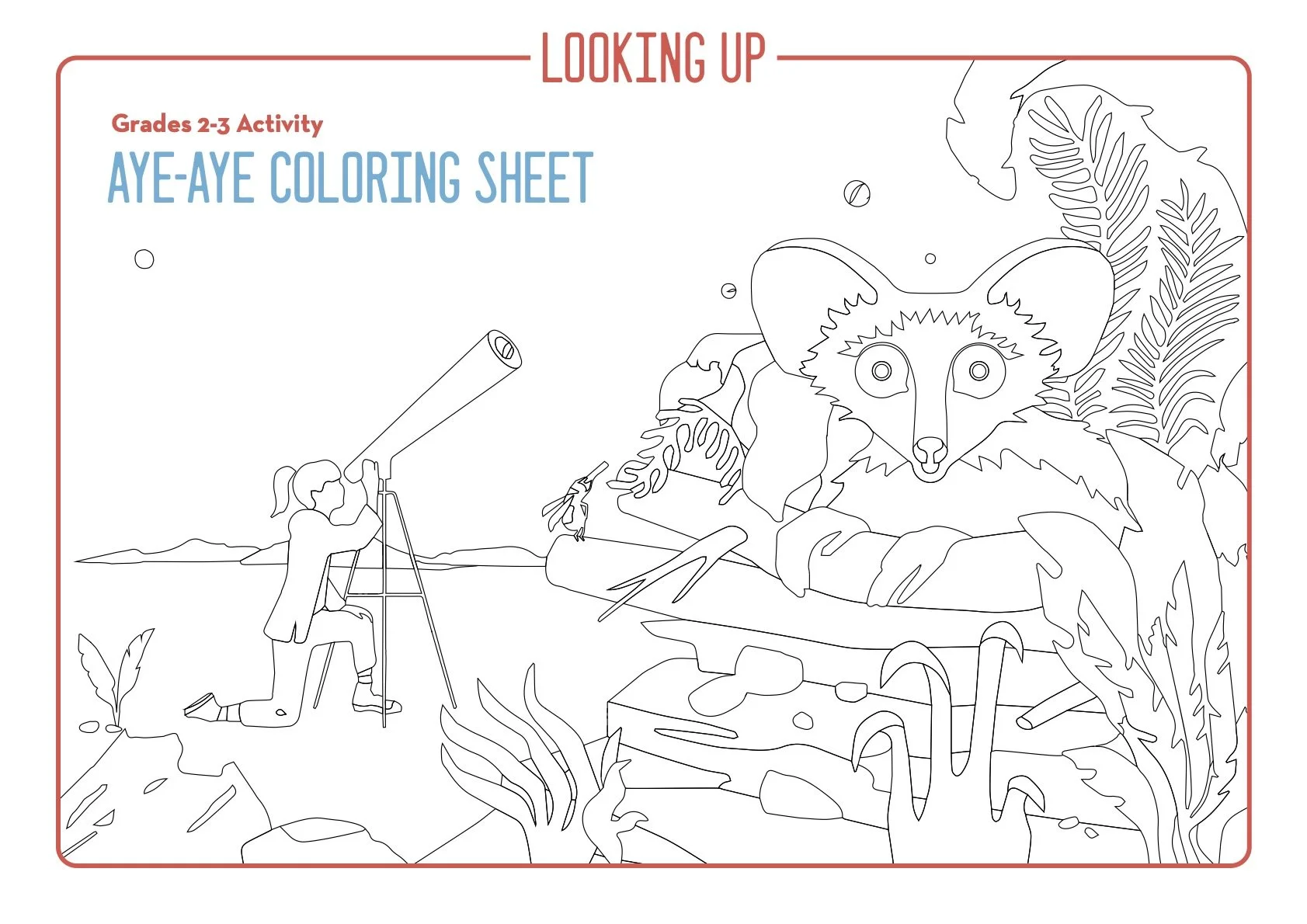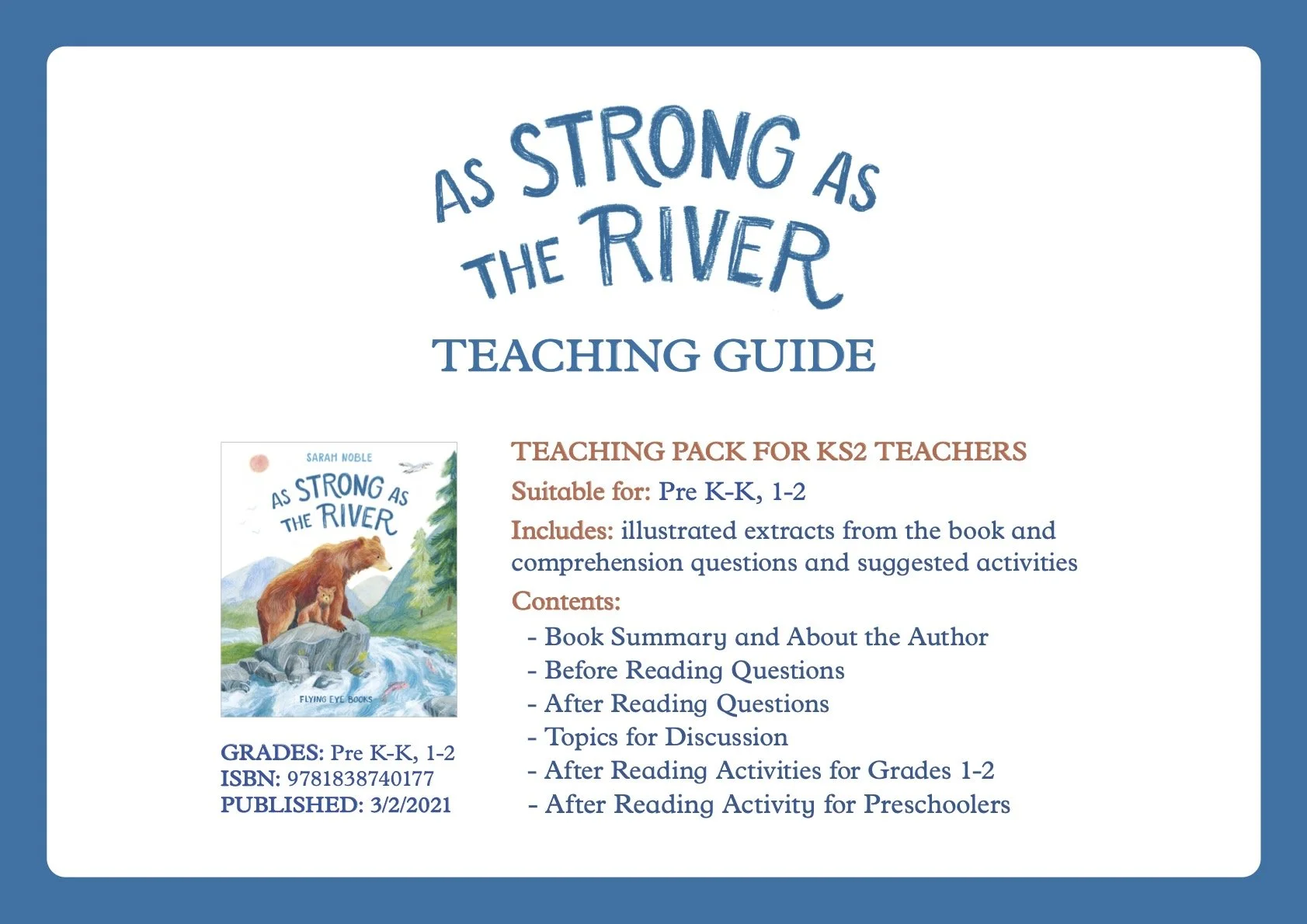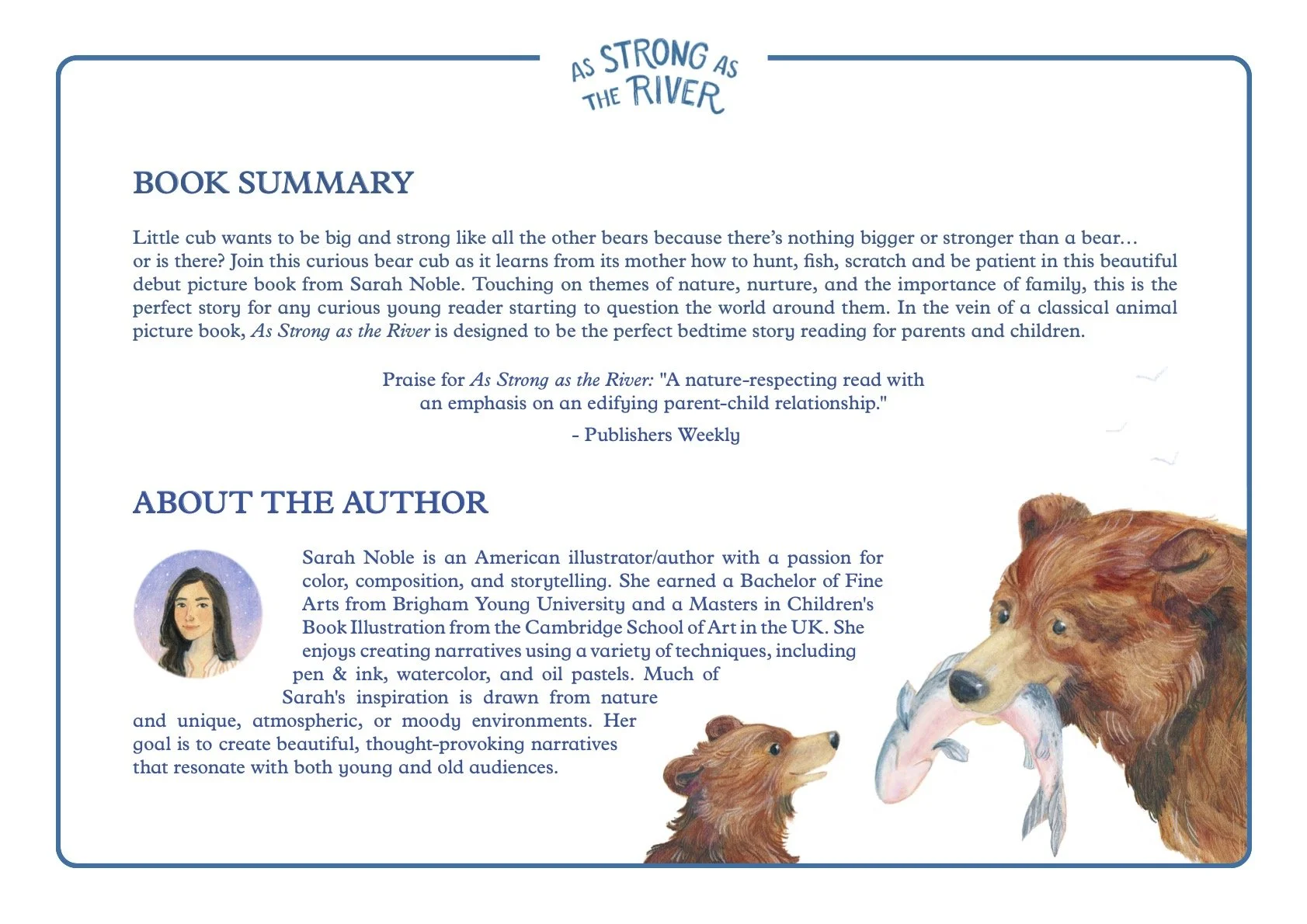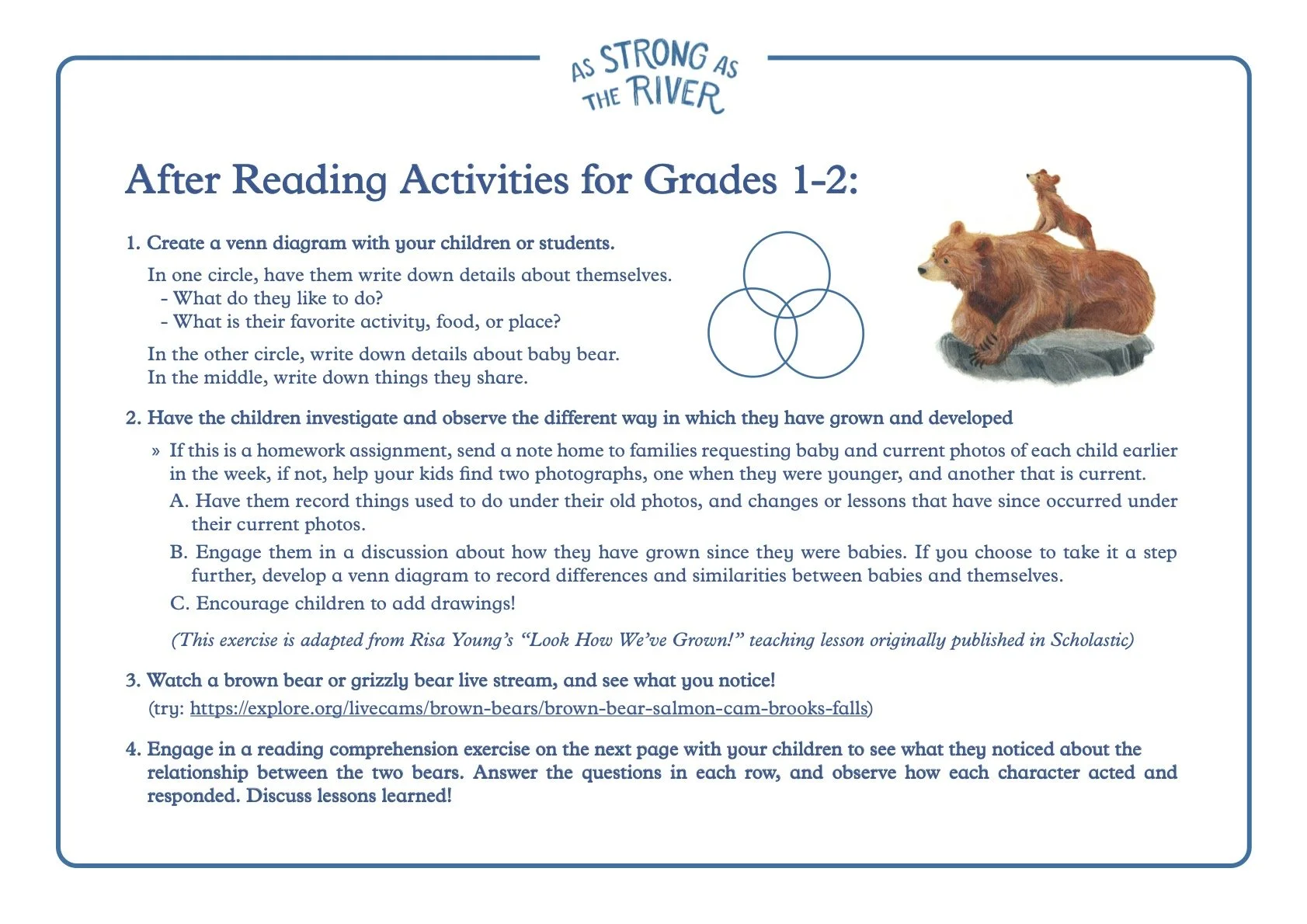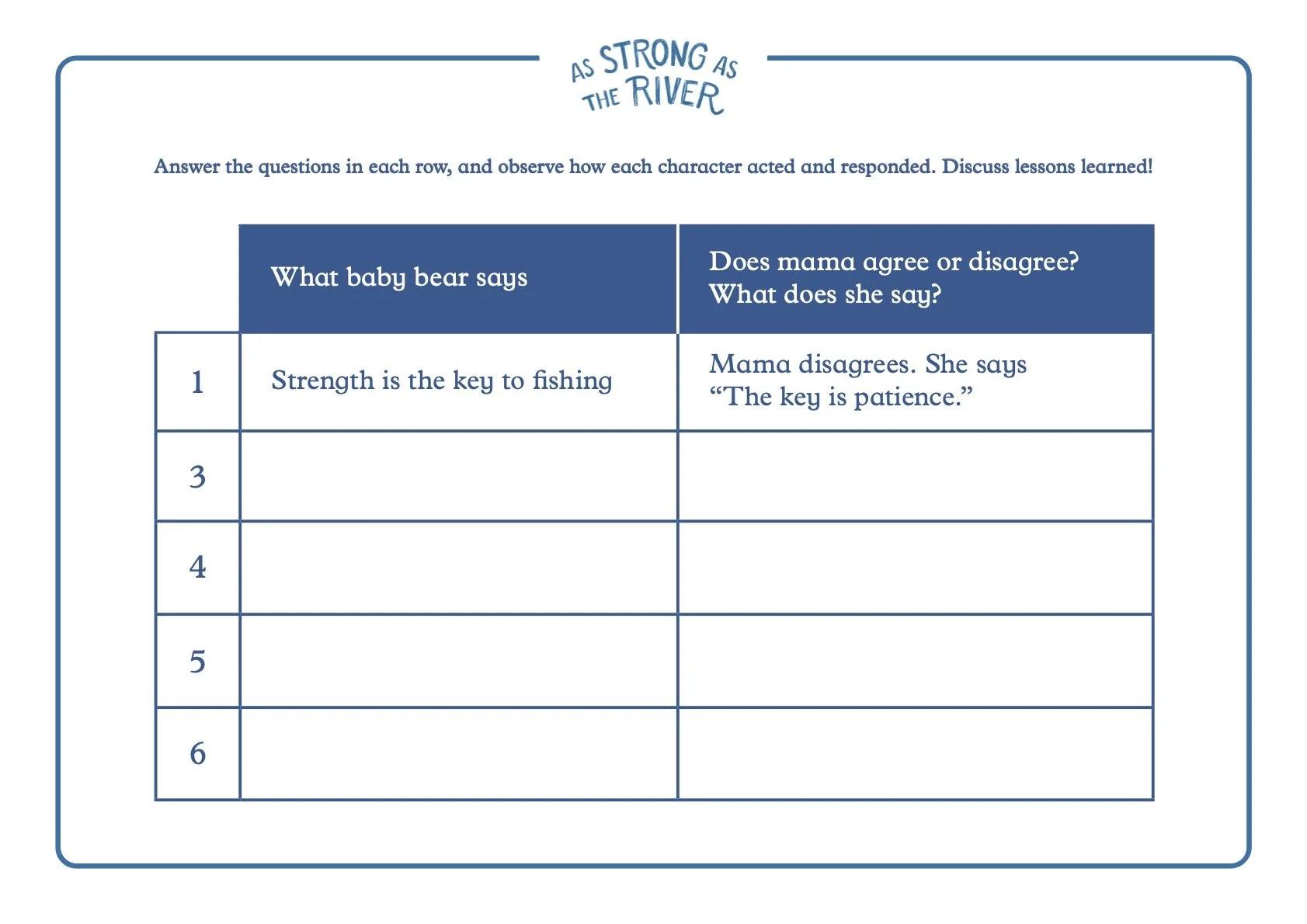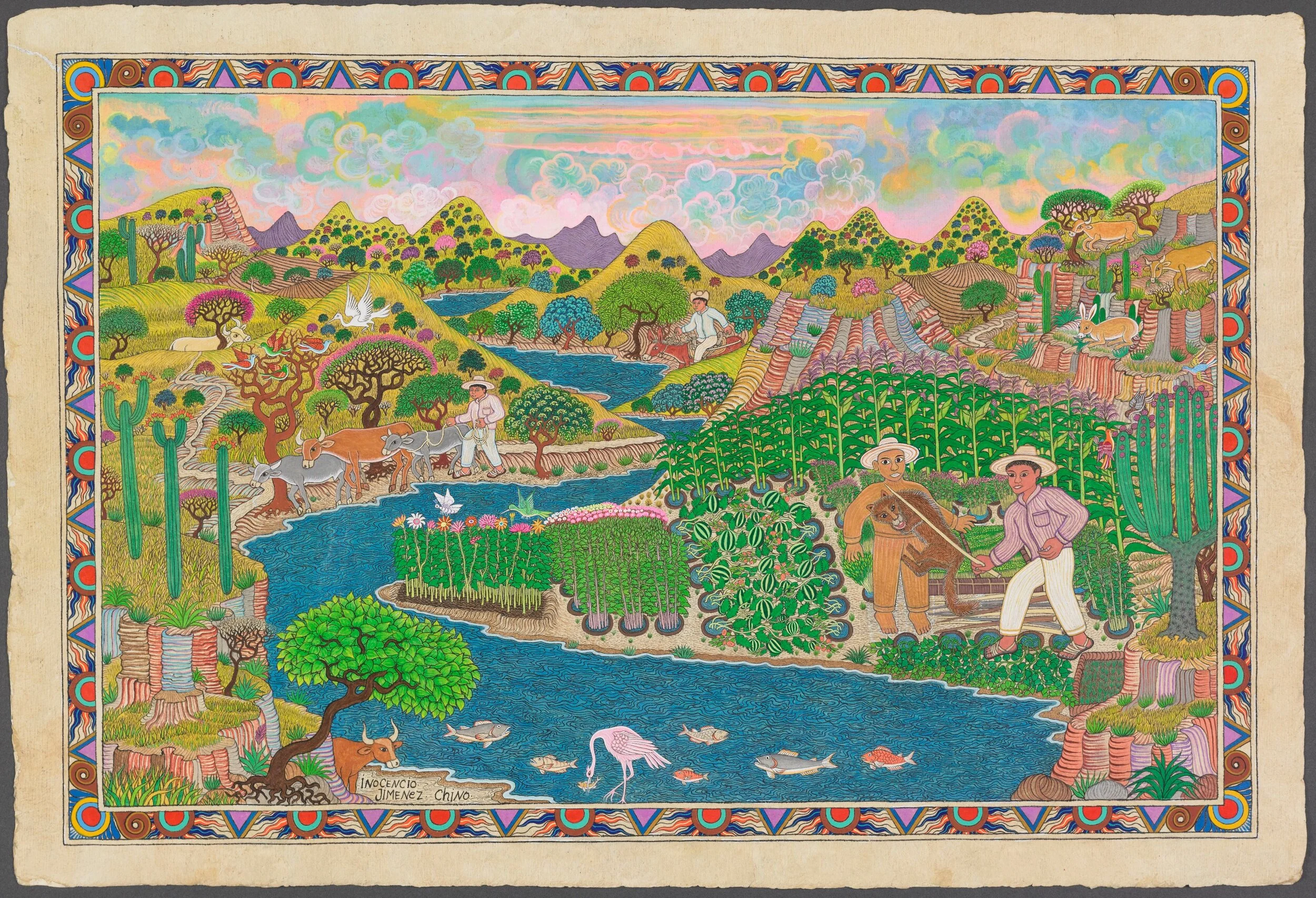Giveaways and Partnerships for Nobrow Press & Flying Eye Books
Press for Nobrow
Advertisements for Flying Eye Books
*I worked with the Marketing Designer to brief the below adverts for the purpose of promoting titles like the Hilda graphic novel series, which has been adapted into a Netflix TV series.
Activity workbooks and educational content that covers Common Core State Standards for children and middle-grade books published by Flying Eye Books:
“Uncle Rabbit and the Coyote”
Tío Conejo y el Coyote,
by Silvestre Pánteleon
Big questions the novel addresses:
(Ages 5-6)
Who is the trickster in the story? Why?
What are the main conflicts in the story? How are they resolved?
What are some possible reasons that Uncle Rabbit is unable to eat?
Compare and contrast Uncle Rabbit, Uncle Koyohweh, and Don Caiman. How are they different from each other? How are they the same?
What are possible reasons the animals don’t trust each other? Why are the opponents?
Who are the most powerful and powerless characters? Why?
(Ages 7-9)
What does it mean to be a trickster? In this particular story, is it a good or bad thing?
Why are certain people depicted as villains while certain others are not?
What is the main conflict in the story, how is it resolved?
Compare and contrast Uncle Rabbit, Uncle Koyohweh, and Don Caiman.
What is the relationship dynamic between Uncle Rabbit and Don Caiman?
Why does Uncle Rabbit trick Don Caiman?
What are the possible reasons that Uncle Rabbit could’ve chosen to trick and outsmart his adversaries (Coyote and Don Caiman)?
What are some possible reasons that Uncle Rabbit is unable to eat?
What could the wax doll symbolize? Example:
What could the garden across the river symbolize?
Who does the food from the garden across the river belong to?
Is access to food and land fundamental rights?
What are the resources present in the story, who do they belong to? Why?
Should the Coyote have the right to control Uncle Rabbit’s access to food and water?
How do the stories we tell of the past impact the future?






